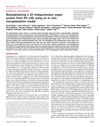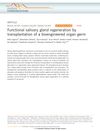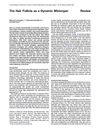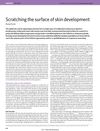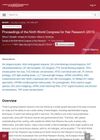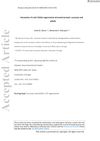Functional Ectodermal Organ Regeneration as the Next Generation of Organ Replacement Therapy
March 2019
in “
Open Biology
”
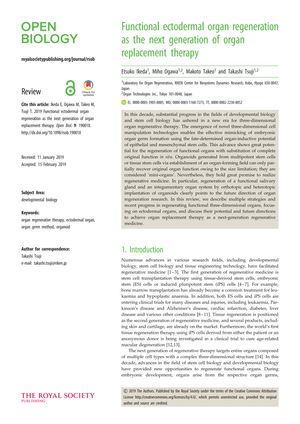
TLDR The document concludes that regenerating functional ectodermal organs like teeth and hair is promising for future therapies.
The document reviews progress in organ regenerative therapy, with a focus on ectodermal organs like teeth, hair follicles, and salivary glands. It discusses the use of epithelial and mesenchymal stem cells to regenerate functional organs and the development of organoids from stem cells, despite their current limitations. The review notes the successful regeneration of functional salivary glands and integumentary systems through implantation of organoids. It also addresses the psychological impact of hair loss, the limitations of current treatments, and the potential of regenerative therapy using bioengineered hair follicle germs from adult-derived stem cells. These bioengineered follicles can produce hair and respond to stimuli, indicating their potential for regenerative medicine. Furthermore, the document mentions the regeneration of secretory glands and the use of a novel three-dimensional culture system for maintaining organs like the rat liver. It highlights a pre-clinical study on hair follicle regeneration for androgenic alopecia, with clinical trials planned for 2020, and suggests that the knowledge from hair follicle regeneration could be applied to other organs in the future.
